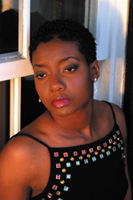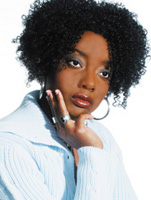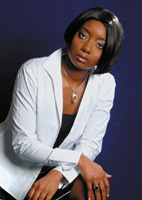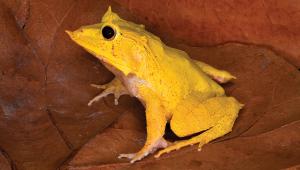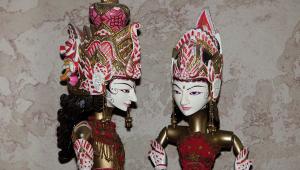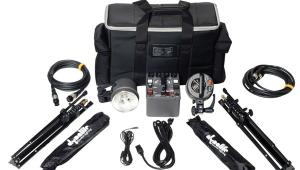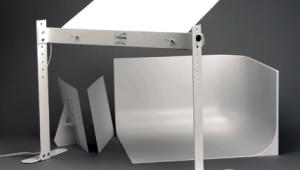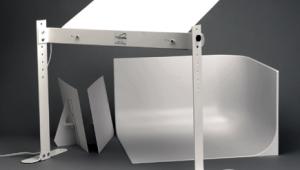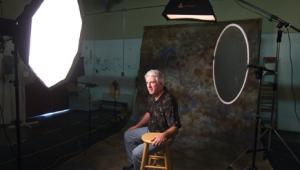A Model Portfolio Made Easy
Lighting Basics Using BKAs LancerLight Series AC DC Lights
When Cassandra Hunter, an
aspiring model, came to me to commission a variety of location and studio
images for her portfolio, it seemed like a good opportunity to review
some basic lighting principles, as well as BKA's (Brandess-Kalt-Aetna)
LancerLight Series AC/DC Lights. On Location |
|||
Although the
weather held up fine, Cassandra (with makeup artist in tow) showed up
almost an hour late, significantly reducing our window of opportunity.
To maximize the location so late in the day, I positioned Cassandra along
the interior wall and worked fast, using the silver side of a 36"
Photoflex LiteDisc reflector to direct some of the dwindling light onto
her face as the sun began to slide down and toward the back of the building
(#1).
I saved the full-lengths for last, using the reflector to create drama by emphasizing the face as the rest of the porch slid into shadow. Some light burning was executed on the final prints to add to this effect (#2). On location, all of the images were shot at a dismal maximum aperture of f/5.6 with shutter speeds as slow as 1/30 sec. Although I only had one rather slow Nikon Nikkor 35-80mm f/5.6 lens that worked with the Fuji S1, the size of the Super CCD in relationship to the optics provided a more appropriate 52-120mm range. I need to add here that I was grateful that the optimum comparative ISO value of the Fuji S1 is 320. |
|||
The Lighting Setup |
|||
Short Lighting |
|||
Sidelighting |
|||
Hollywood (Butterfly) Lighting |
|||
Broad Lighting |
|||
Easy Set Lighting Note: The images in this article were in varying degrees enhanced in Photoshop 6.0. Equipment List |
